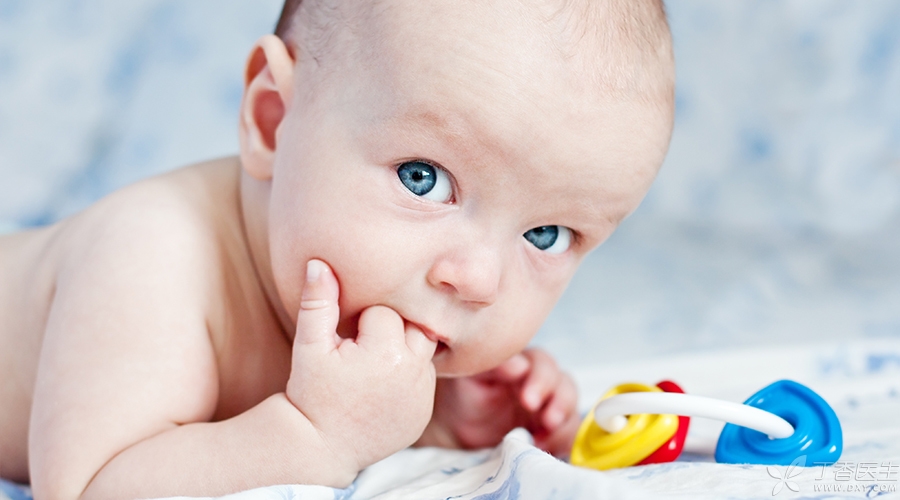
[Baby’s illness is like war, hospital registration is like spring transportation, queuing for infusion is like assembly line].
Once the child is ill, the parents are like ants on hot bricks.
Does the child have a fever? What are you waiting for? Go to the hospital!
The child coughs and has a runny nose. Take some medicine to press it down!
Recently, the flu is fierce. Give Eva some medicine to prevent it.
However, our [experiences] often make children not get correct judgment, suffer from over-treatment, and sometimes miss the best treatment plan because of our prices.
Today, Dr. Clove invited mother shrimp, a pediatrician, to tell us about 7 [misunderstandings] that are easy to encounter when taking children to see a doctor.
Cough is easy to cough up pneumonia, relieve cough as soon as possible
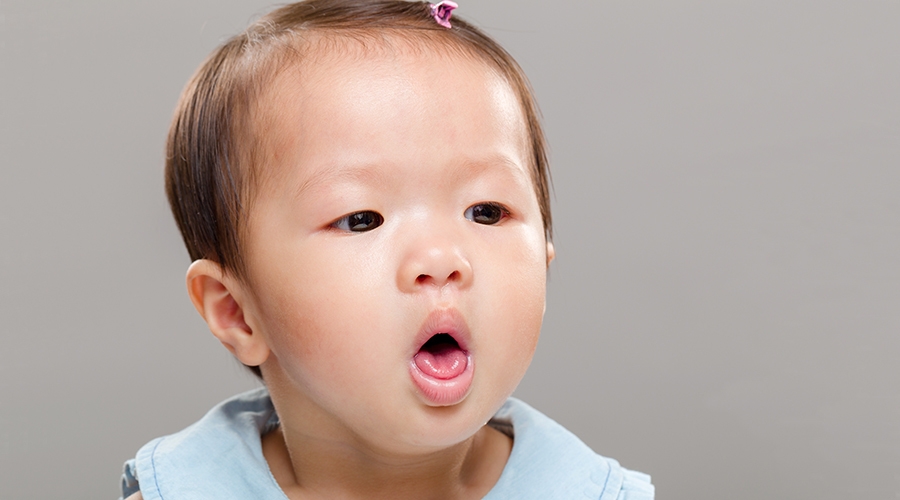
The child coughed for several days and could not eat or sleep well. If he goes on like this, he will cough up pneumonia. Give him cough medicine quickly.
Cough is the body’s physiological protection mechanism, is the only way to remove respiratory mucus. Infants and young children’s respiratory system is not yet mature, cough reflex ability is poor, sputum is not easy to discharge, if given strong cough, sputum will remain in the respiratory tract, will aggravate the disease and even can cause other complications.
Inflammation in any part of the respiratory system may cause fever, cough and other symptoms. Cough is only part of the symptoms of pneumonia, not the cause of pneumonia.
The U.S. Food and Drug Administration (FDA) explicitly recommends that, No over-the-counter cough medicine should be given to children under 2 years old. The antitussive mechanism of dextromethorphan, codeine and other drugs is mainly to inhibit the cough center of medulla oblongata. Many research results confirm that cough medicine is not recommended for children under the age of 6. They believe that the side effects (the drug may have serious life-threatening side effects) far exceed the drug effect itself.
Correct Approach:
Pay attention to keep the air fresh and circulating, with a relative humidity of about 60%. Keep respiratory tract unblocked and remove secretions in time.
For mild cough, it is recommended to pat the back more to help sputum discharge. Severe cough can be considered by aerosol inhalation of expectorant, bronchial spasmolytic agent, etc. to help relieve. If it is caused by bacteria or mycoplasma, it should be treated for pathogenic microorganisms. Let children rest more and drink more water, etc.
Do not give children atomization, treatment is more harmful than infusion,
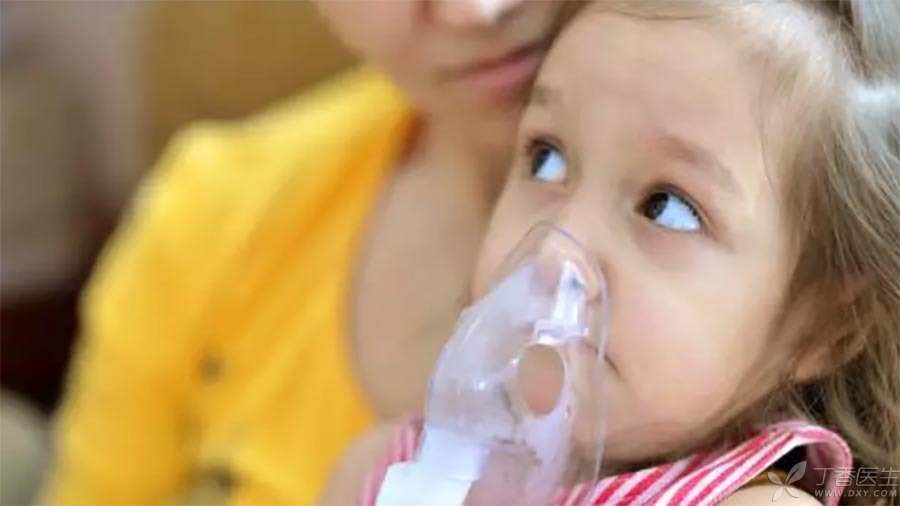
Atomization heard there were hormones! Atomization is as terrible as drug abuse! The side effects on children are especially great!
In fact, atomization, like oral administration and infusion, is only a way of administration.
The atomization device changes the drug into particles in an aerosol state, so that the drug can directly reach the focus through the respiratory tract, and the drug does not need to pass through blood circulation, so that the dosage is low, the whole body absorption is less, and the atomization safety is higher.
However, it should be noted that the drugs and doses of atomization therapy are not over-the-counter drugs. Atomization therapy must be carried out under the guidance of doctors and should not increase or decrease the drugs or drug doses by itself.
At present, there are no special antibiotics and antiviral atomizing preparations for children in China, and atomizing is not recommended for traditional Chinese medicine preparations.
Correct Approach:
Please use atomization therapy rationally under the guidance of doctors.
Give your child an infusion, it will recover faster than taking medicine.
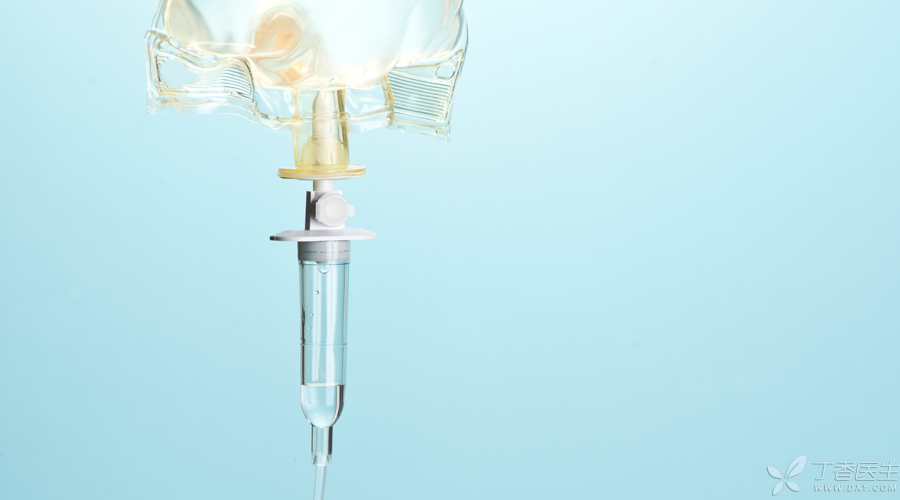
The child’s fever will not subside for a day. Please ask the doctor to give him an infusion. It is good to take the medicine too slowly.
WHO’s principle of rational drug use is: those that can be taken orally will not be injected intramuscularly, and those that can be injected intramuscularly will not be injected intravenously.
Intravenous infusion is to replace or make up for the shortage of oral fluid intake and as a medium for intravenous medication. Its effect is determined by the input of drug components in addition to the rapid replenishment of body fluids. During intravenous infusion, the drug directly enters the blood circulation. Although the drug effect will be exerted faster, if the drug has adverse reactions, it will appear faster and more serious.
Moreover, due to the operation of the infusion itself, various infusion reactions may also be caused, for example, too fast dropping speed, too low liquid temperature or the presence of insoluble particles, which may cause problems in the blood circulation system.
Special explanation is needed here, because children’s muscles are underdeveloped, such as improper positioning, it is easy to hurt blood vessels and nerves, therefore, in addition to vaccination, children are rarely given intramuscular drugs.
Correct Approach:
It is not easy to choose infusion. Those who can heal themselves or can be cured by atomization and oral medication must not choose infusion therapy.
However, when the condition is serious and requires infusion, for example, the patient has coma, dysphagia, severe absorption disorder, etc., do not blindly refuse.
Take antibiotics or antiviral drugs to prevent the flu
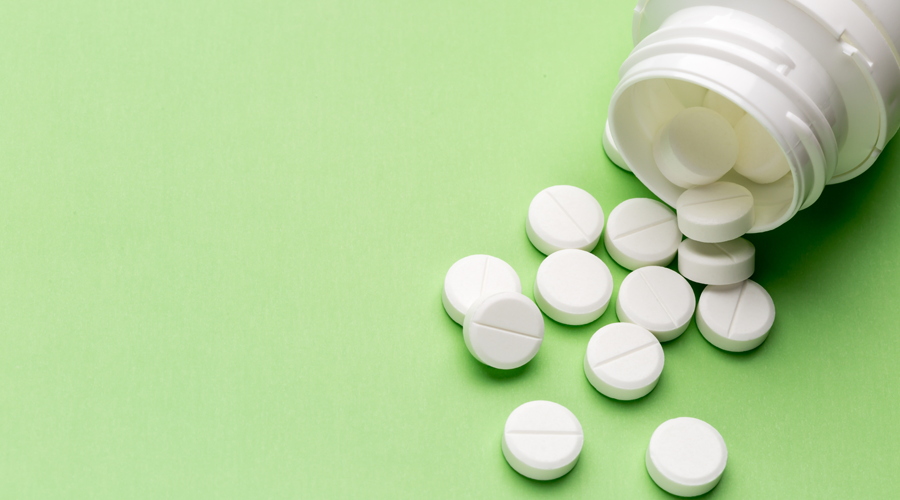
The flu is terrible, give the child some medicine to prevent the flu.
Apart from vaccines, all kinds of preventive drugs are nonsense.
More than 90% of the common cold is caused by virus infection, which is a self-limited disease with a course of about one week.
Antibiotics can kill bacteria or inhibit their growth, However, it is not effective for the virus. People usually say that [anti-inflammatory drugs] are probably [antibiotics]. Antibiotics named after the following rules account for more than 90%: **mycin, **xicillin, cephalosporin, * nidazole, * * penem, fluoroacid, * * floxacin, sulfanilamide, etc. Check your medicine cabinet and don’t take them as panacea.
Antiviral drugs have strong toxicity. At present, antiviral drugs cannot only affect the virus in human cells without obvious damage to human cells. Unless it is a serious viral infection, common viral infection usually does not need to be treated with antiviral drugs.
Common virus infection is a self-limited disease that can be completely cured without drug treatment. Even if some appropriate nursing drugs are taken for some symptoms, it is only to make the human body feel more comfortable.
Correct Approach:
Please do not use drugs without authorization when you do not need to use drugs. In addition, please do not easily choose compound preparations when you can use a single drug! If there is a cold symptom, symptomatic nursing is also only aimed at a certain symptom.
Fever is easy to cause convulsion, give antipyretic drugs as soon as possible
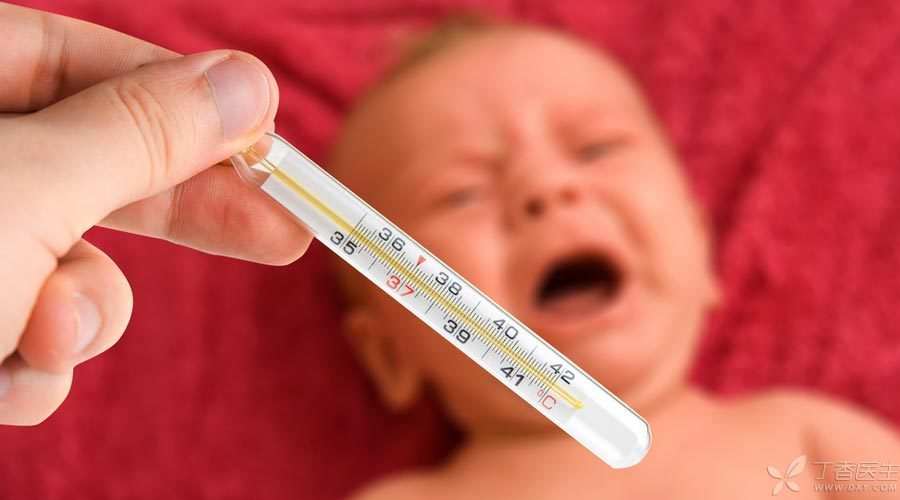
It is said that children with convulsion history cannot burn too high, so antipyretics should be fed at 38 degrees.
“Febrile convulsion” is a sudden rise or fall in body temperature that cause abnormal electrical activity in that brain, Thus causing spastic seizures of muscles throughout the body. In fact, there is no limit on the temperature of febrile convulsions. Some children will not have convulsions when they get fever to 40 ℃, while some children may have convulsions when they get fever to less than 38.5 ℃, and even some children will have convulsions during the cooling process.
So far, there is no authoritative evidence that antipyretic drugs can effectively shorten the course of fever and prevent the occurrence of febrile convulsion.
In fact, all our symptomatic care is to make the human body feel comfortable and let the disease turn in a good direction.
Correct Approach:
Usually antipyretic drugs are given above 38.5 ℃ in axillary temperature. Of course, this is not absolute, but also referring to the general performance of the child at that time.
If the child is in good spirits and can eat, drink and play, even if the axillary temperature is above 38.5 ℃, he can still consider continuing to observe and not using antipyretic drugs for the time being.
If the child’s spirit is not good and his diet is not good, antipyretic drugs can be considered even if the axillary temperature is below 38.5 ℃.
If the measured value is slightly less than 38.5 ℃ during the chill period of fever, it often means that the body temperature may continue to rise rapidly, and it takes about half an hour for the drug to take effect from taking it. Therefore, you can consider whether to use antipyretic drugs in advance according to the child’s performance at that time and your previous nursing experience.
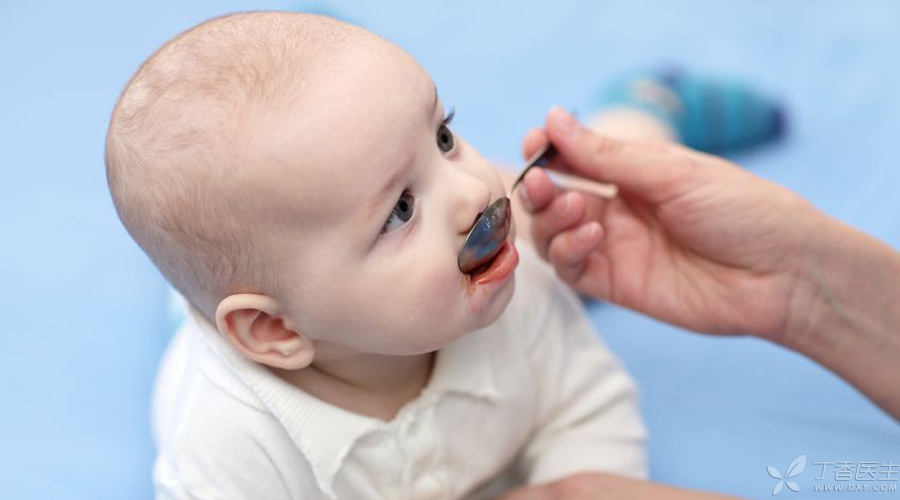
There are mainly two kinds of antipyretic drugs recommended by the World Health Organization and pediatricians for infants: acetaminophen and ibuprofen. The dosage is calculated according to the child’s weight according to the reference instructions. Do not use them in combination or easily choose compound preparations.
Even if the drug is selected correctly and the dosage is used properly, in order to achieve the ideal antipyretic effect, children must be allowed to take in enough liquid, and supplementing water is the top priority of fever care, otherwise antipyretic drugs cannot play a good antipyretic role.
In addition, when fever occurs, if the body temperature exceeds 41 degrees Celsius, it is necessary to consider whether the body temperature rises due to heat generation and heat dissipation imbalance such as heatstroke and dehydration. At this time, drug cooling has no effect. Physical cooling methods such as water bath must be used to quickly lower the body temperature and be sent to the hospital as soon as possible so as not to endanger life.
Diarrhea is easy to collapse, use antidiarrheal immediately.
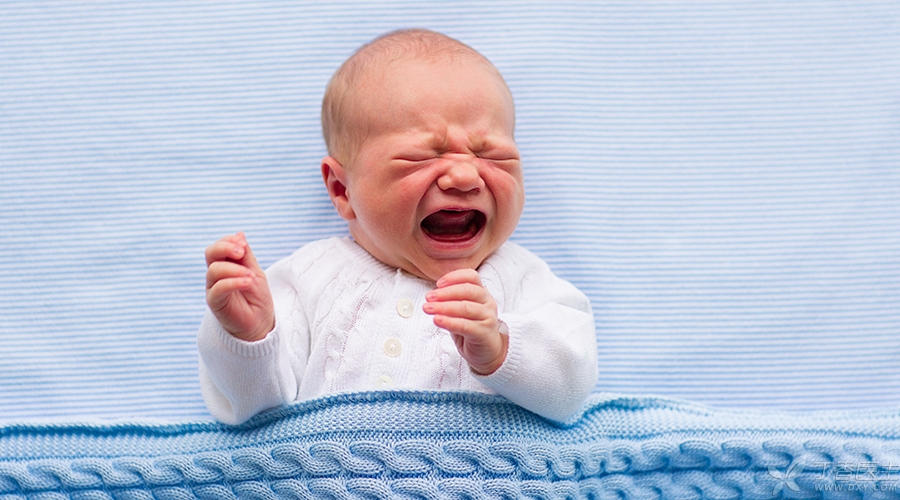
The child has diarrhea and feels distressed. Take medicine to stop diarrhea.
The first two are common, especially virus infection. Diarrhea caused by antibiotic use also needs attention.
In principle, antidiarrheal drugs are generally only applicable to severe non-infectious diarrhea. If infectious diarrhea is stopped immediately, pathogenic microorganisms and toxins remain in the body, which is not conducive to the improvement of the disease, especially for small infants, which are more likely to aggravate the disease.
Correct Approach:
The treatment of diarrhea focuses on prevention and treatment of dehydration, and improper medication must be avoided. Emphasis is placed on oral rehydration as soon as possible, continuous feeding, identification of dehydration sign, zinc supplement therapy, breast feeding, and a new hypotonic ORS formula is recommended.
Diarrhea requires fasting, and breast milk and food must be stopped.
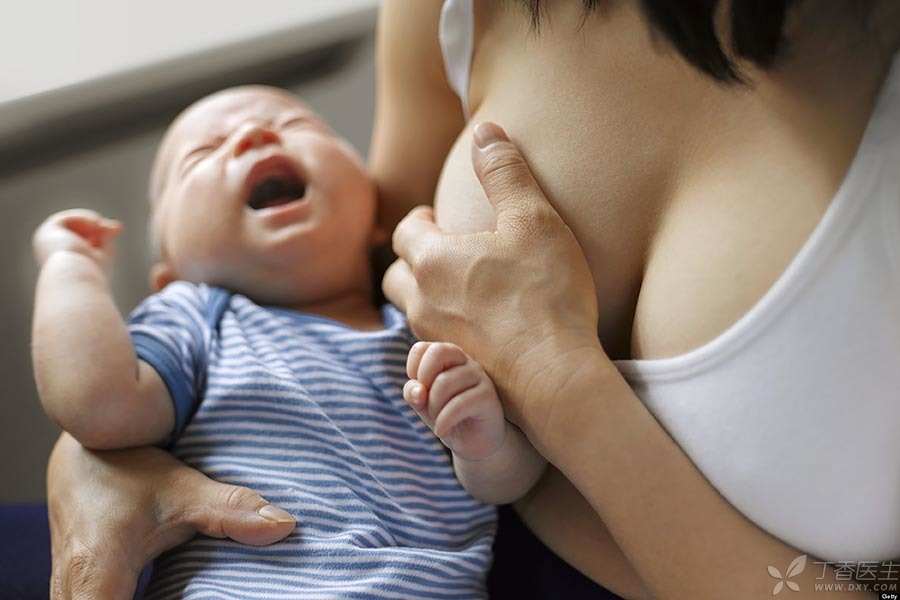
What children eat and what they eat will irritate their intestines and stomach. Breast milk and other foods had better stop for a while.
The treatment of diarrhea focuses on the prevention and treatment of dehydration. The strategy of fasting during diarrhea is not scientific. On the one hand, it is easier to cause dehydration if you enter less and leave more. On the other hand, it can lead to increased intestinal peristalsis under hunger, which will aggravate diarrhea.
Correct Approach:
In the event of diarrhea, sufficient liquid should be taken orally to prevent dehydration and ensure nutrition intake.
For children within 6 months old, breast-fed infants should continue breast-feeding, and increase the frequency of feeding and prolong the time of single feeding. Artificially fed infants can continue to be given milk (ORS solution is added when necessary);
Children over 6 months old can continue to eat the daily diet they have become accustomed to (ORS solution is added when necessary), encourage children to eat a small number of times, and avoid feeding children fruits and vegetables rich in crude fiber and high-sugar foods.
If breast-fed or artificially fed children suffer from secondary lactase deficiency, they can be temporarily given low (de) lactose formula milk. Generally, diarrhea can be improved after 1-2 weeks and gradually converted to the original feeding method. Breastfed children can also add exogenous lactase on the basis of breast-feeding.
Have you done these seven common misconceptions?
In fact, it is not a bad thing for children to get sick. It is also a process in which children’s immunity is continuously improving. Parents should learn to understand correctly and cannot do things by experience.
Only by understanding these necessary medical knowledge and mastering the basic nursing knowledge of children’s illness can we be psychologically informed and unflustered when children are ill.
